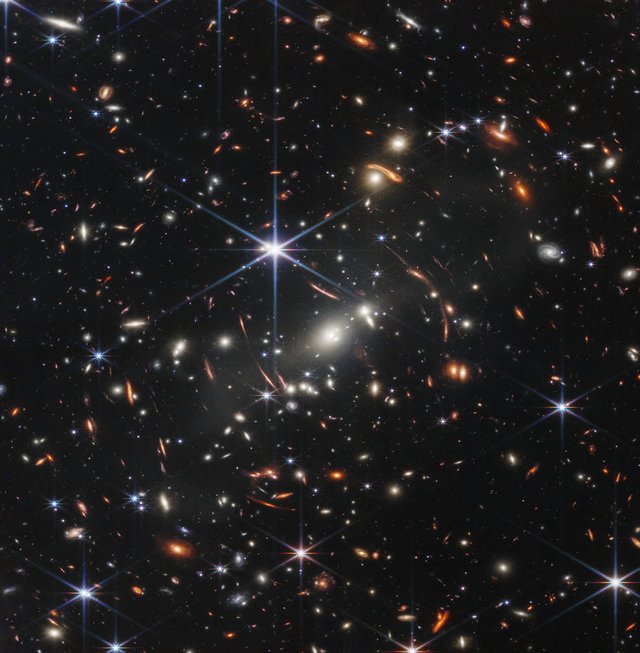First quality image of the James Webb
First quality image of the James Webb

Souce
The first quality photo of the James Webb Space Telescope has been presented, all astronomy fans will remember this historic day because this telescope is going to revolutionize everything.
Thank you for visiting my blog. If you like posts about #science, #planet, #politics, #rights #crypto, #traveling and discovering secrets and beauties of the #universe, feel free to Follow me as these are the topics I write about the most. Have a wonderful day and stay on this great platform :) :)
I'm looking forward to seeing all the images the JWST will give us. We're born too soon to explore the Universe
Well yes, what will be seen when our existence has passed, better to enjoy the small gifts that the presents shows us.
you are very good!
Very interesting!
Oh, we are tiny!
Some of the visible objects are so elongated. Even narrower and longer than galaxies. You'd think they were moving a bit faster and that's why they appear as elongated objects.
If everything is amazing.
The elongated galaxies is due to the effect of gravitational lensing.
Cheers
This post has been skipped because you have been upvoted 3x in the last 7 days.